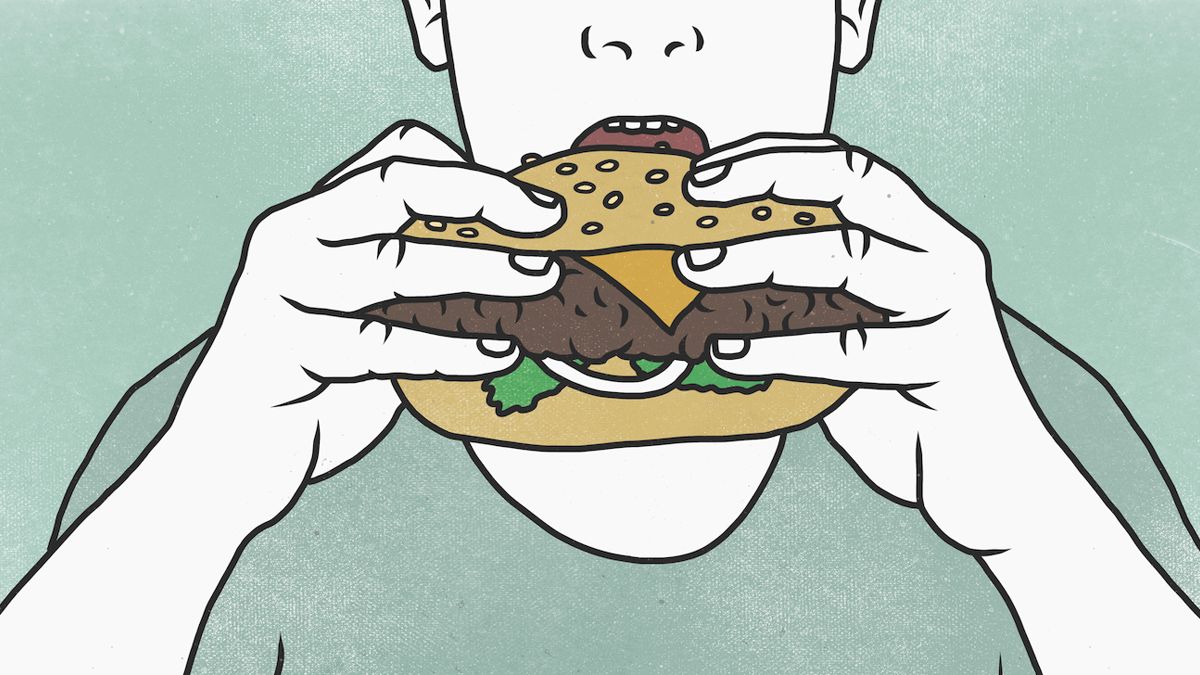Chew on this: what food marketers can learn from TikTok
Thanks to platforms like TikTok, food advertising is changing and, as we take a first bite out of this month's Food & Drink Focus, Sarah Oberman, Co-Founder & Strategy Partner at The Or, says that as long as brands can embrace a new approach, it can be a recipe for success.
Food is something that unites us. We all have to eat. Yet, we all have our own tastes and preferences. It brings us together but can also tear us apart.
There are few places in the real world and beyond that show the depths of the generative cultural commentary of food like #foodtok.
There’s something for everyone; the purists can obsess over #authenticeats, the agents of chaos make frankenstein meals with whatever’s in their cupboard, and chefs are making ras el hanout and burned chili flavoured butter.
Many food brands fail to capitalise on the broader culture that exists around their product.
A cursory glance at the foodtok homepage shows that the top videos are not brand-led. This is content made by food lovers, and consumed by people who are actively seeking out food trends, niche communities, new places to obsess over and brands to share with their networks. Yet, many food brands fail to capitalise on the broader culture that exists around their product. Why? They’re applying old rules to a new game. So, what can marketers learn from foodtok?
A whole lot, but for starters, the big winners will be thinking about the following.
Above: #Foodtok comes in all shapes and sizes, including some amazing recipes.
Play with your food
Food brands are spending a lot of time and money chasing perfection in food imagery. TikTok has traditionally been a platform that subverts the polished, stain-free packaging of social media, and the food imagery reflects this. Yes, we buy with our eyes, and we still want our food to make us want to ‘lick the screen’, but the brands who win will shift perceptions of perfection into weird and wonderful places, like Slutty Vegan’s indulgent excess, or Birria Los Socios' infamous taco dip. Wendy’s showed just how weird you can get with their Frostys.
What we’re seeing is food in context, food in all its messy glory, and food that is as close to the real thing as possible.
The lesson: It’s time to play with food photography.
Let others play with your food
We know the painstaking effort that food brands put into finding the perfect insight to craft the perfect message, to show their brand in the best light possible. But that’s not how real people interact with food. They make their own recipes. They eat in the middle of the night. They revel in their culinary quirks, chips dipped in milkshakes, grated boiled eggs or crisps pick n mix. You get the gist.
We’re seeing food in context, food in all its messy glory, and food that is as close to the real thing as possible.
This new world of food marketing is about giving up some control and embracing the ways real people use your product. Like Tabasco collaborating with Underrated Hijabi on showing new ways to use their Sriracha sauce. Sometimes it’s as simple as a co-sign in the comments section, as Dorito’s did on a recipe for ‘Dorito chicken’, using their sweet chilli pepper flavour as a crust for chicken. It’s a great example of ceding control of the environment, and letting people find new ways to enjoy your food.
The lesson: It’s time to free yourself from perfect.
Above: When it comes to TikTok, playing with your food can be a good thing.
Tell your whole story
We’re so used to showing the finished product, that we forget to show the fun of the journey. There’s just as much to be savoured in the steps that get you to the meal; the fails, the blunders, the BTS that builds anticipation for the first bite, but also letting our customers into the best-kept secrets. Like Nando’s telling us that they know exactly what we’re doing when we order ‘water’. Using your food to tell different stories in different places is a crucial tactic for cutting through.
There’s as much to be savoured in the steps that get you to the meal; the fails, the blunders.
The lesson: Consider other parts of your food story.
Above: Food TikToker Underrated Hijabi has collaborated with Tabasco.
From food communities to wider worlds
Willingness to play within and outside of the brand is one thing, but the food brands who can find new communities to play in will score valuable points on TikTok. The audience is moving fluently between identities and passions, and finding intersections with cult foods and/or eating behaviours will be the order of the day. Think Taco Bell UK activating the source filmmaking community to give free crunchy tacos to the UK over Christmas, or Wendy’s coming to life at the Adult Swim Fest.
The lesson: Find new communities to feed.
Test and learn
Old marketing can be so serious and constructed. What foodtok shows us is that audiences respect and seek out those that have fun with it and, more crucially, brands that keep trying new things. Right now, the world is a heavy place for most people, we need to remember that we’re selling food, not medicine. So, have a laugh, try a trend. Learn what works for you, and on which platform.
What foodtok shows us is that audiences respect and seek out those that have fun.
Wendy’s has brought their signature sass to TikTok, and continues to experiment with how far they can take it. With an understanding of your brand’s principles, testing and learning will be much less scary.
The big lesson in all of this: You never know until you try. So, be willing to try new things when it comes to food marketing as you might find something new that works for you.
)







